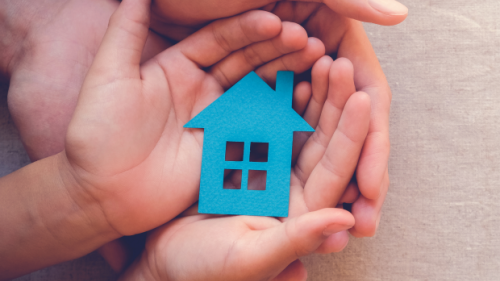
A new study from the Research Alliance for New York City Schools at NYU’s Steinhardt School of Culture, Education, and Human Development examined the experiences of homeless elementary students in New York City and found that over 12 percent of students who began kindergarten in the fall of 2012 experienced homelessness at some point before their 5th grade year.
The Research Alliance closely followed the 81,669 students who began kindergarten in NYC in the fall of 2012. The researchers noted that those who experienced homelessness (10,312 students) were not evenly distributed across NYC’s education system. For instance, over 10 percent of the students who ever experienced homelessness began kindergarten at schools in District 10 in the Bronx.
“One thing that is a little different about this work is that we were able to follow students over multiple years,” says Zitsi Mirakhur, one of the report’s authors. “This paints a more complete picture of who experiences homelessness—and in what ways.”
The researchers found that almost 70 percent of students who experienced homelessness did so for more than one year, and more than a quarter were homeless for all five years of the study. About 58 percent of students who experienced homelessness were doubled up, meaning they were living with extended family or friends due to economic hardship.
Most of the others spent some or all of the time they were homeless in shelters, and the study’s findings suggest these students are particularly vulnerable. Students in shelters were more likely than other students to change schools, and had very high levels of chronic absenteeism. They also had the lowest test scores.
“It is striking that 95 percent of students who were in a shelter for an extended period of time—for three years or more—were Black or Latino,” said brief co-author Kathryn Hill. “This finding underscores the disproportionate impact of extreme poverty on NYC’s Black and Latino students.”
Perspectives of Educators
The researchers conducted interviews in five NYC elementary schools with particularly high concentrations of homeless students, who typically have attendance and test scores that are lower than those of housed students. In these schools, however, homeless students’ outcomes were similar to those of housed students across the City. Educators in these schools highlighted a number of challenges in serving these students effectively, including identifying homeless students, coordinating services, and deciding how to allocate limited resources. Among the strategies that educators described as important for supporting these students are 1) cultivating trusting relationships with families, 2) creating routines to examine student attendance (and other) data and strategize about how to respond when problems arise, and 3) having non-instructional staff who can focus on supporting homeless students’ needs—which schools often achieved via partnerships with community-based organizations (CBOs).
The brief’s authors highlight a number of questions raised by the study’s findings, including questions about the concentration of very poor students in specific neighborhoods and elementary schools; the potential to provide educators with better data about homeless students; and the level and type of staffing required to support these students. They also point to the need for better evidence about school-CBO partnerships and their capacity to improve the educational experiences and outcomes of homeless students.
“The elementary years serve as a vital foundation for students’ long-term academic success,” said Adriana Villavicencio, the Research Alliance’s deputy director. “Given that so many NYC students experience homelessness during these years, and that schools often engage in partnerships in an attempt to meet these students’ needs, it is important to learn more about what makes these collaborations effective. What does it take to create strong school-CBO partnerships that have real, measurable benefits for students and their families?”
The study was part of the Research Alliance’s Equity, Access, and Diversity series, which aims to advance a better understanding of the mechanisms driving educational inequality and to identify promising strategies to produce more equitable learning opportunities and outcomes for NYC students.
For more information about the study, visit: https://steinhardt.nyu.edu/research_alliance/publications/homelessness_nyc_schools.
